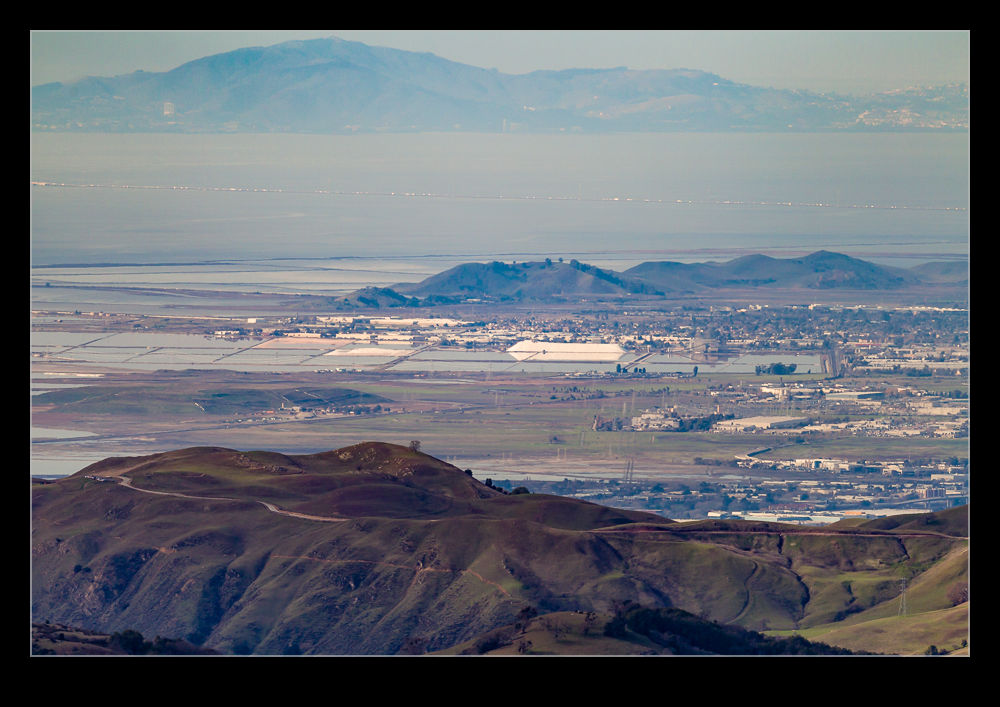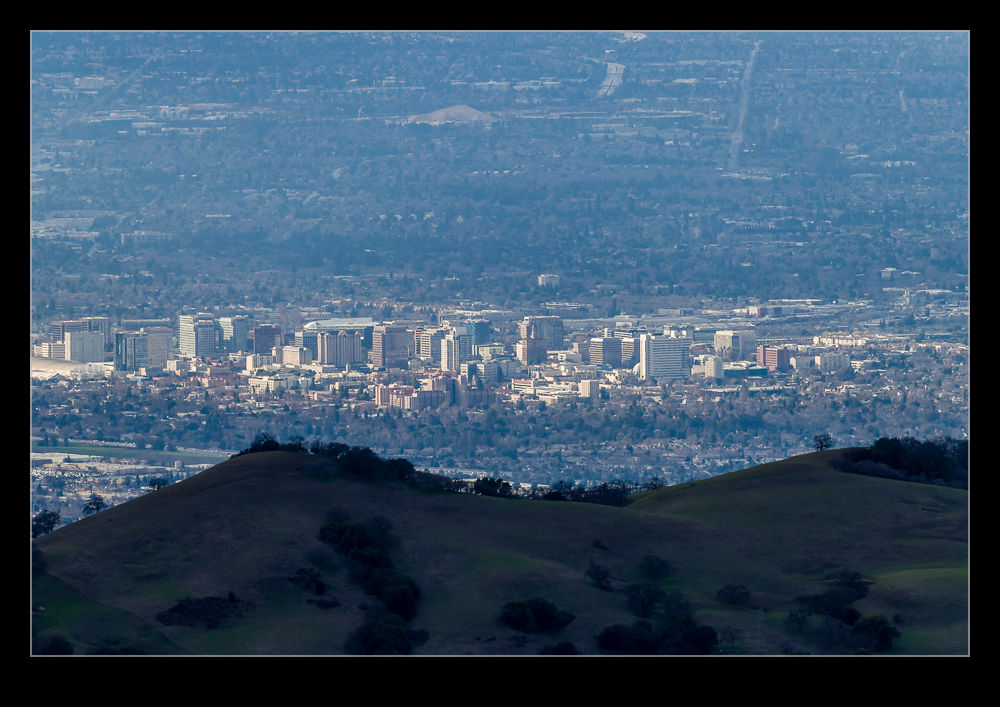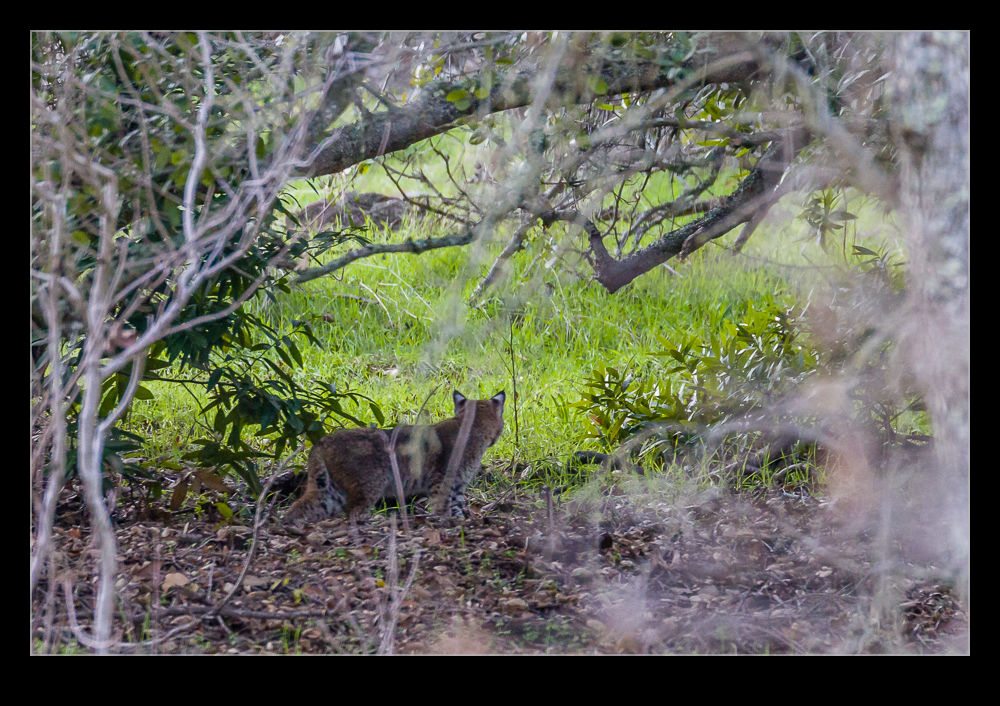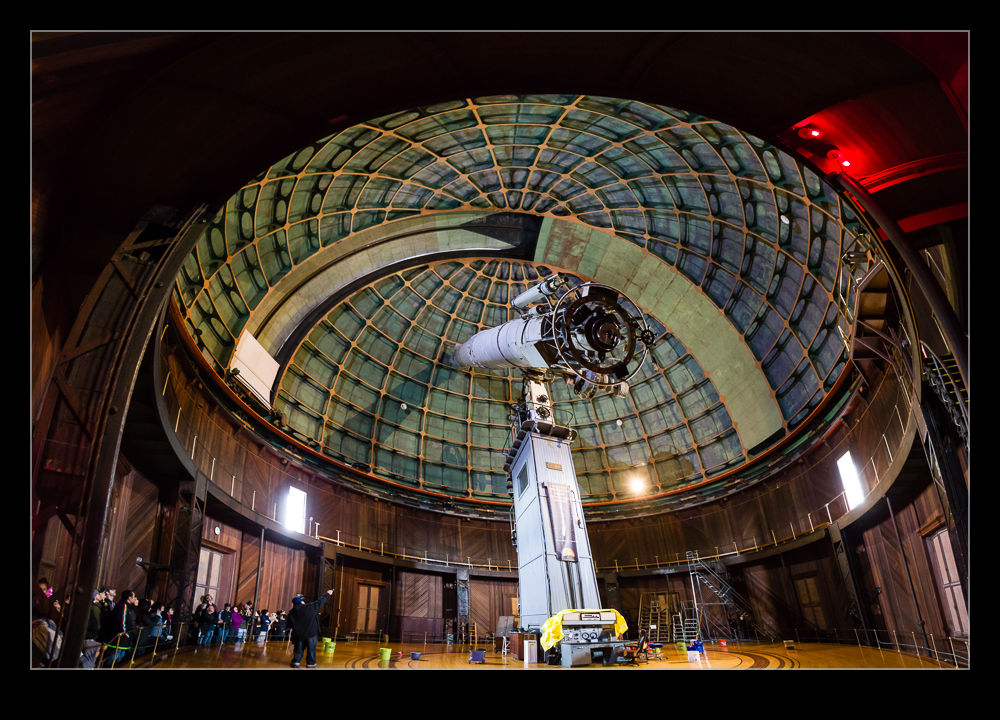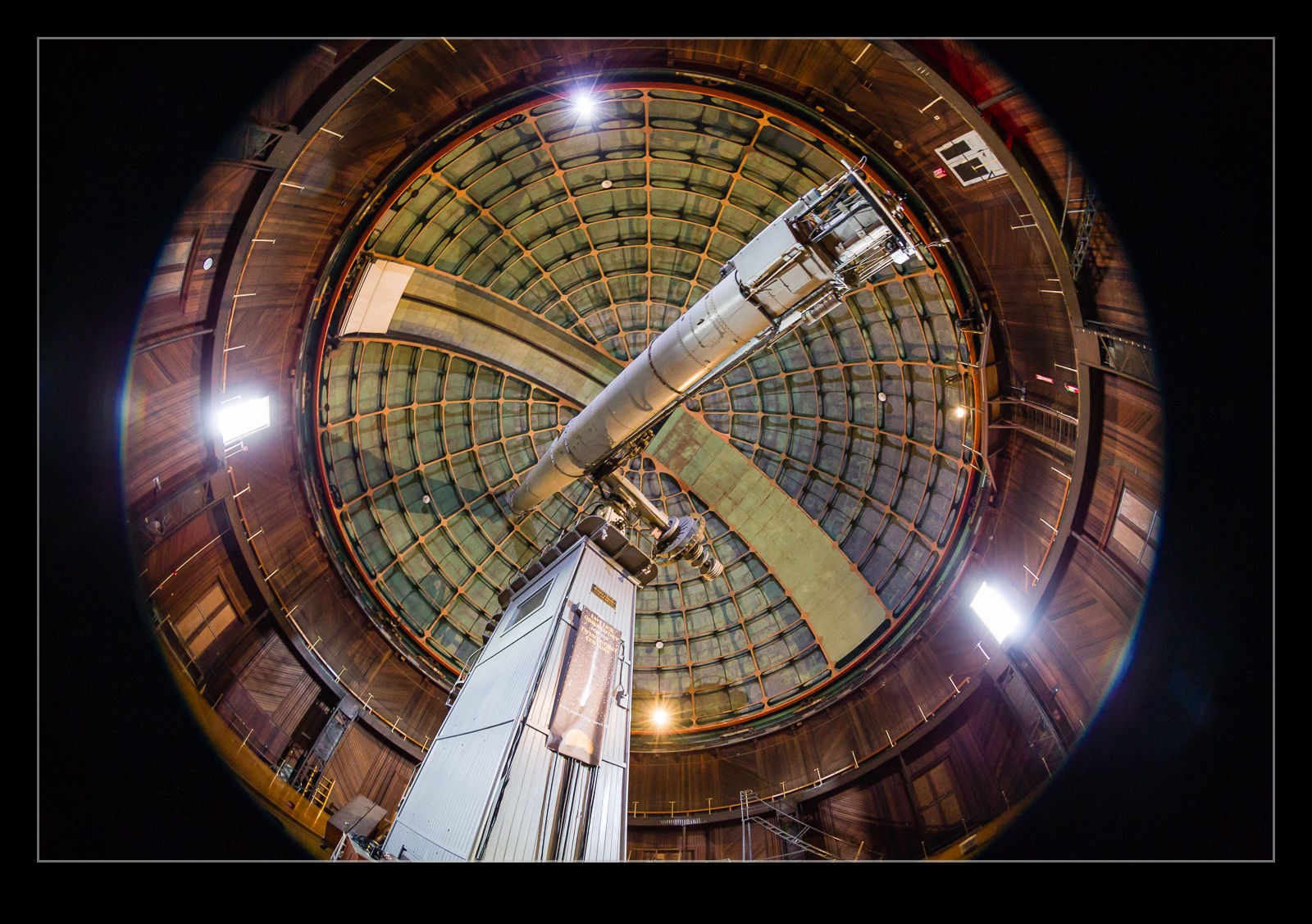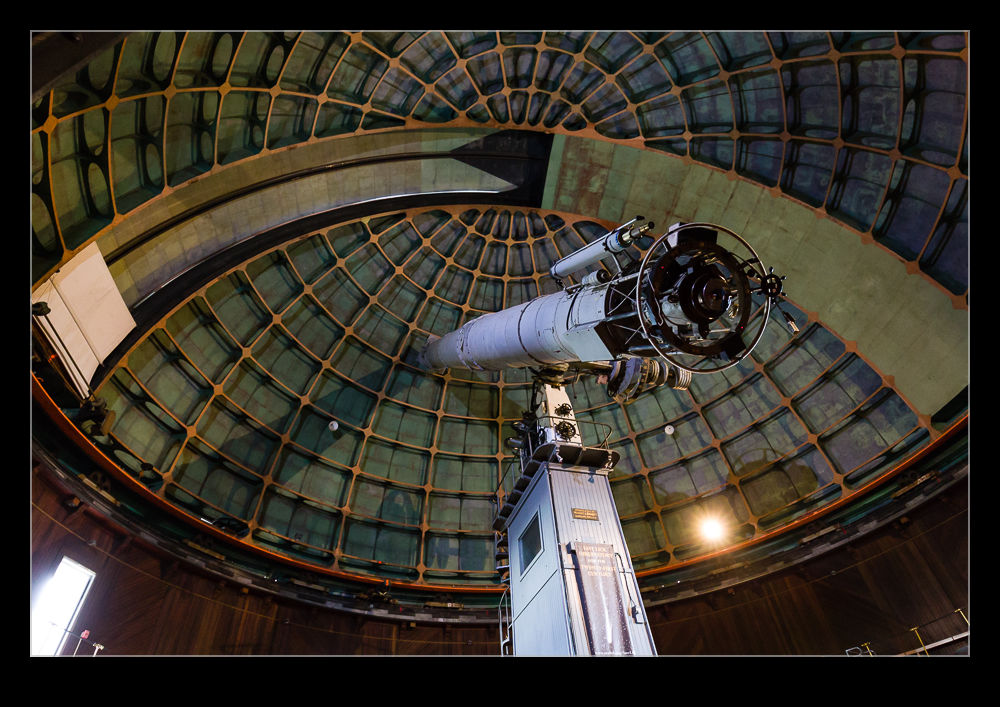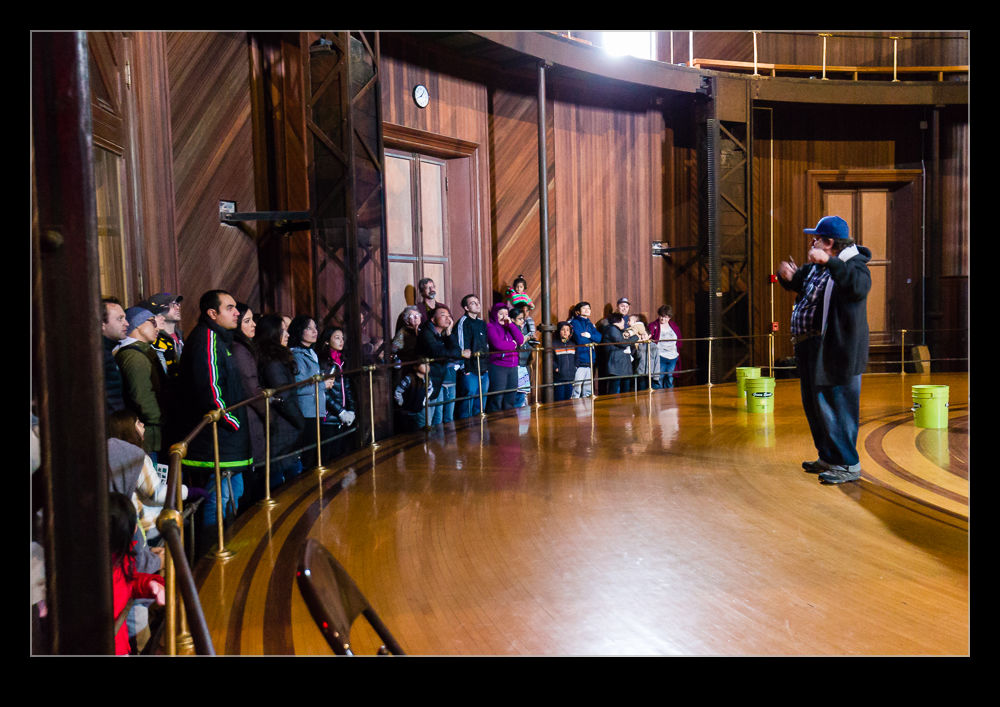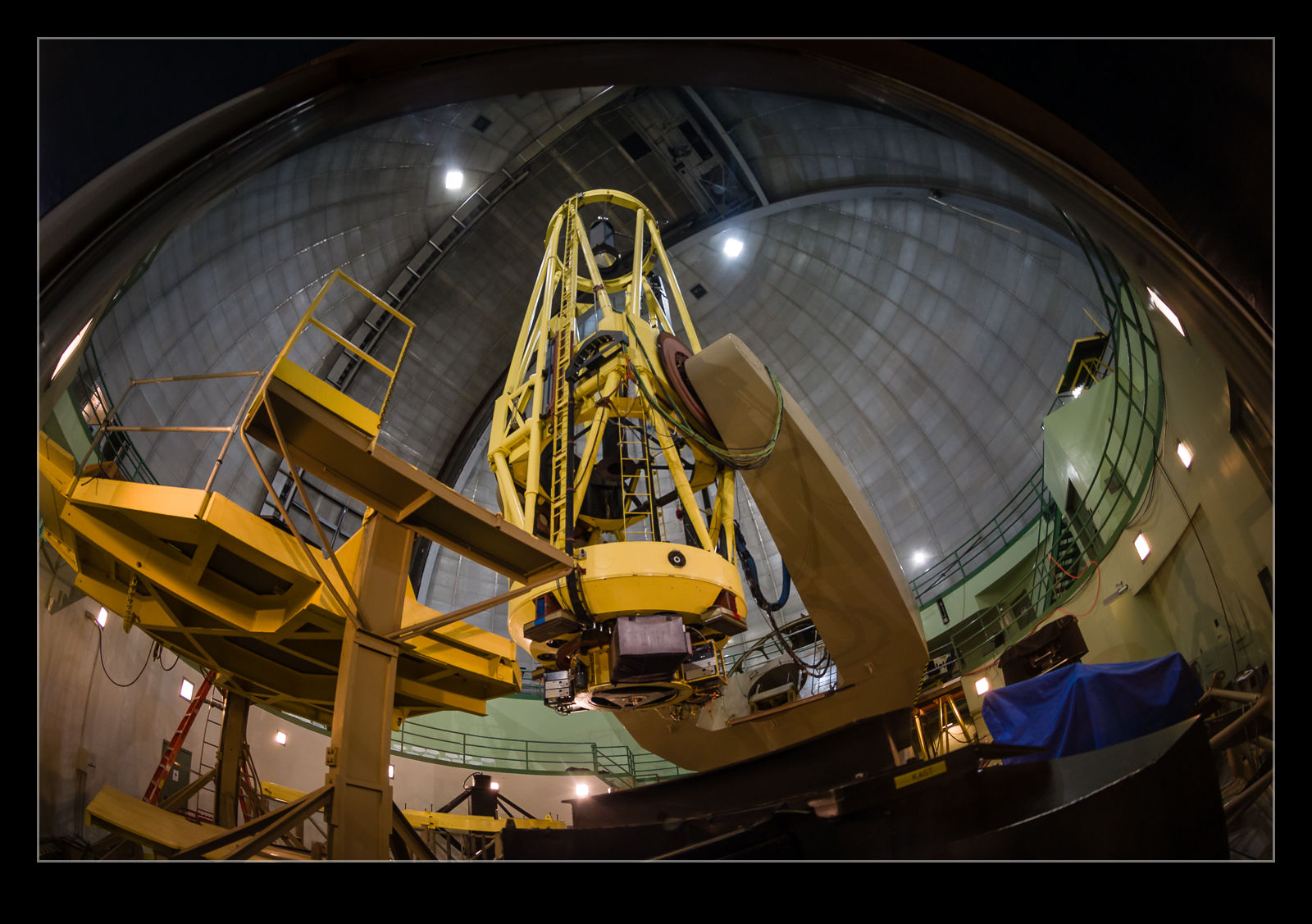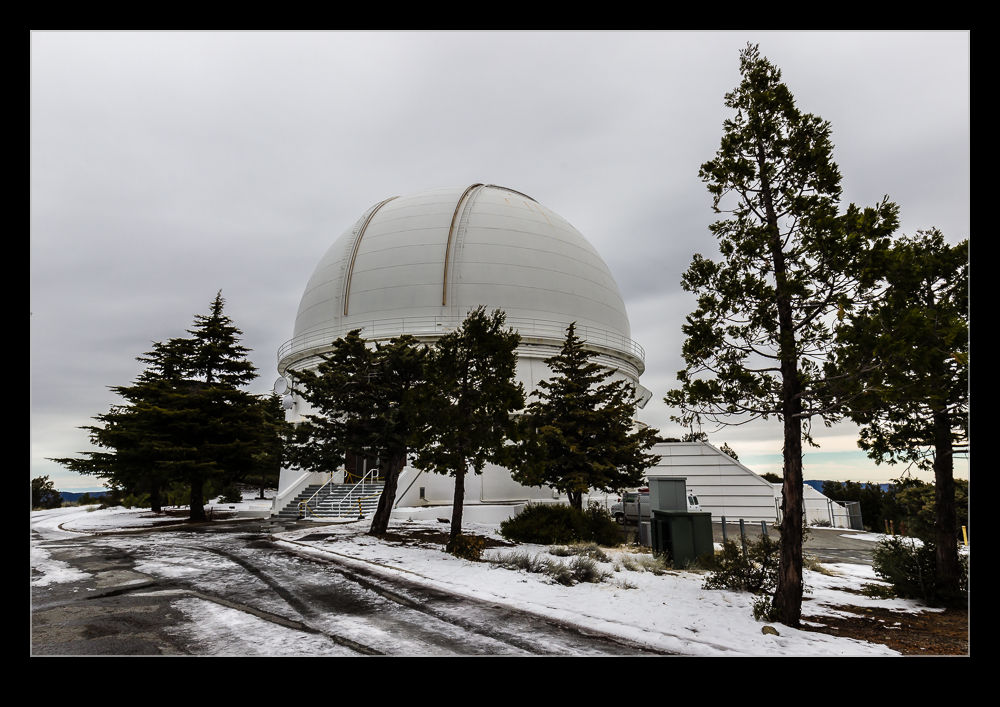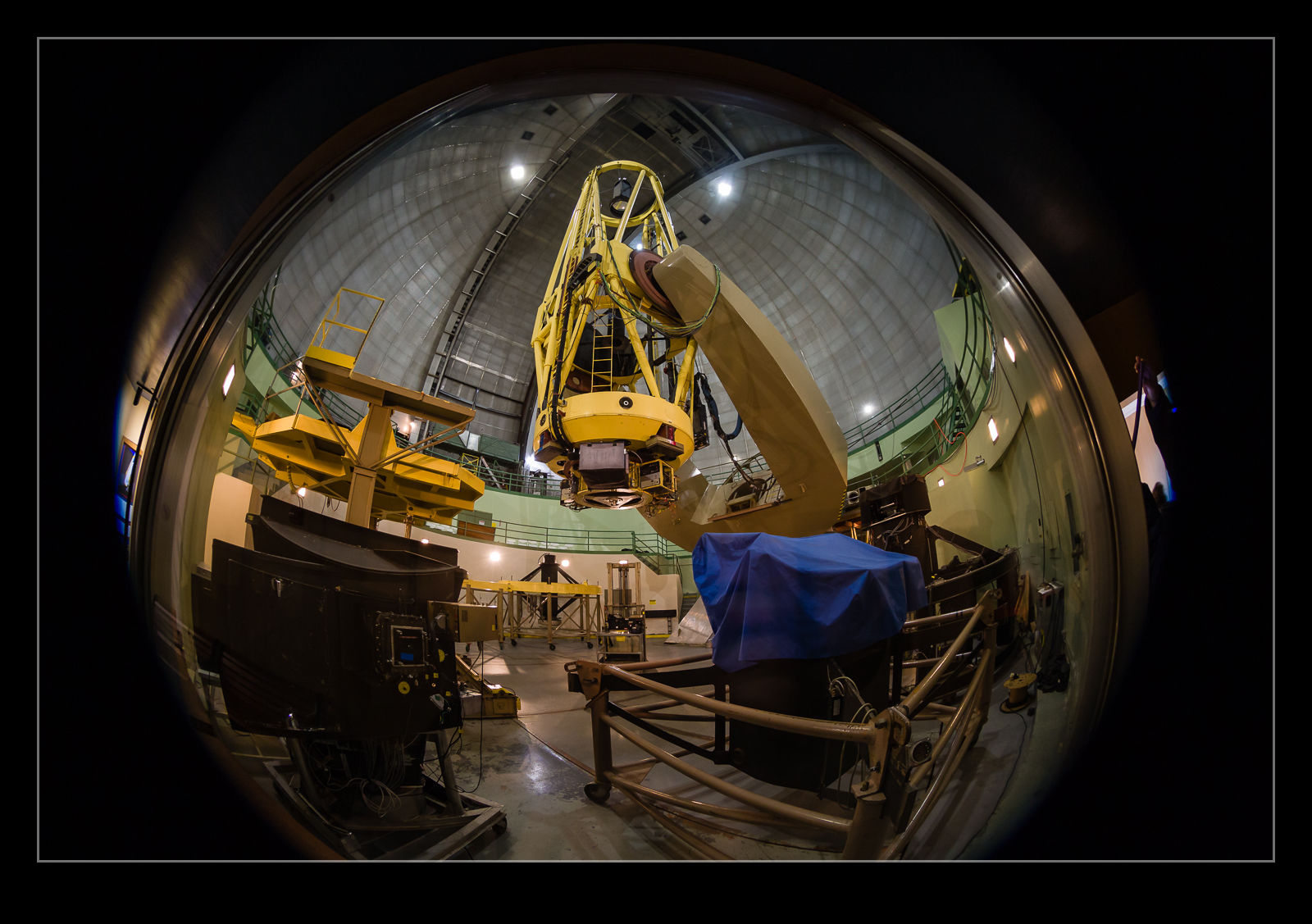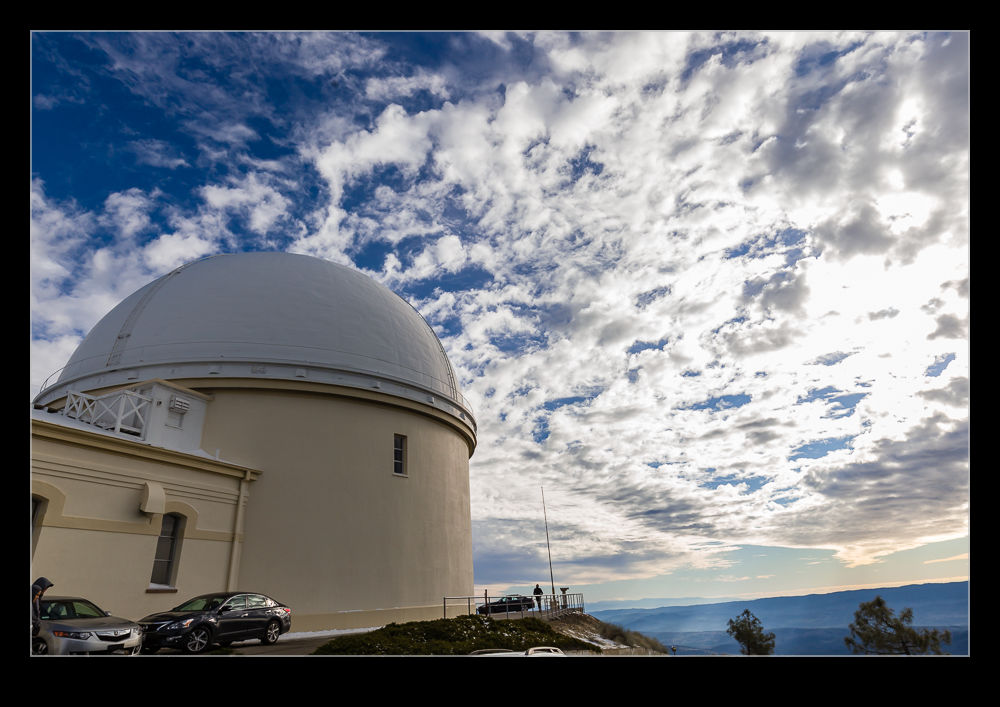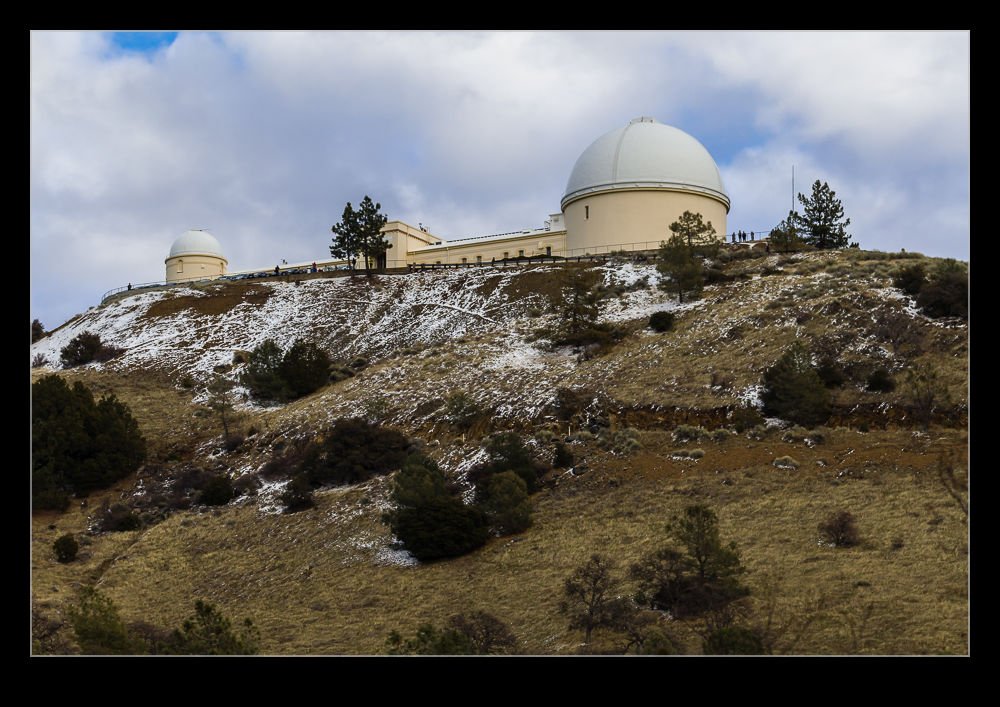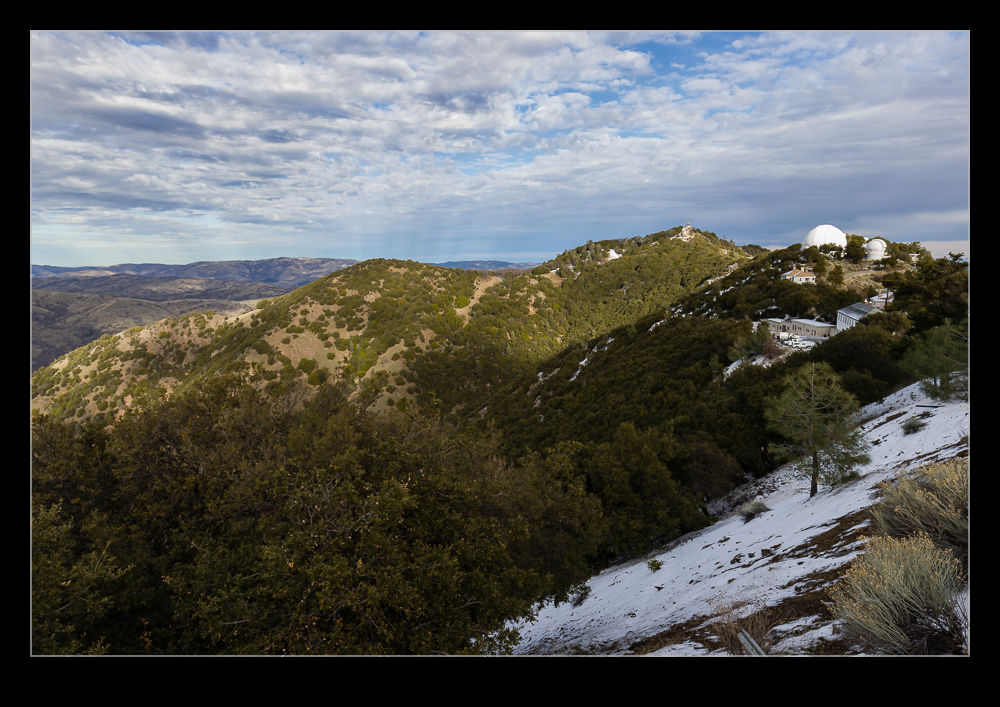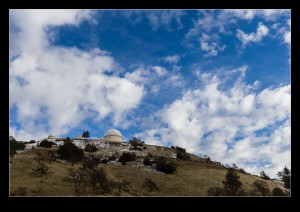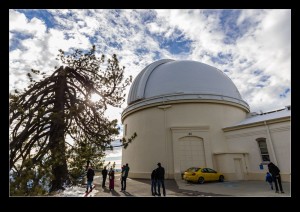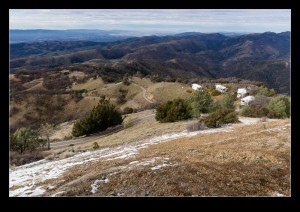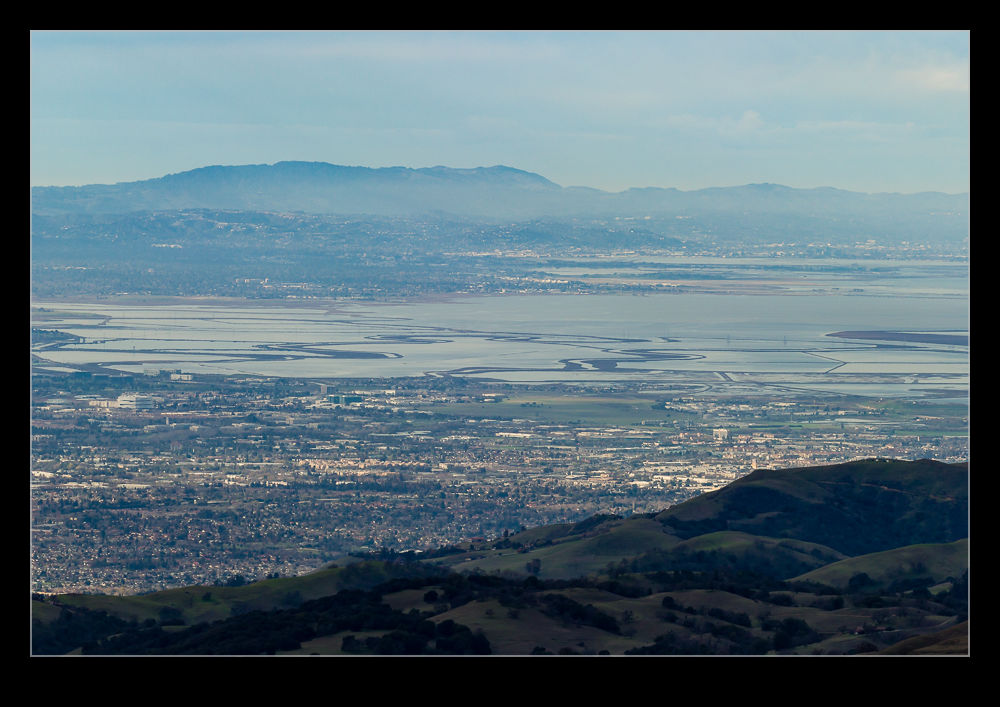 The top of Mount Hamilton provides a view down to San Jose in the valley below and then on to San Francisco Bay. You can see all the way up to San Francisco if the weather is clear enough. On the day we were there, the conditions were a little less clear but we still could see a good distance. Beyond San Jose, the hangars at Moffett Field were easy to spot as was Levi Stadium and the many buildings scattered around the shoreline of the bay.
The top of Mount Hamilton provides a view down to San Jose in the valley below and then on to San Francisco Bay. You can see all the way up to San Francisco if the weather is clear enough. On the day we were there, the conditions were a little less clear but we still could see a good distance. Beyond San Jose, the hangars at Moffett Field were easy to spot as was Levi Stadium and the many buildings scattered around the shoreline of the bay.
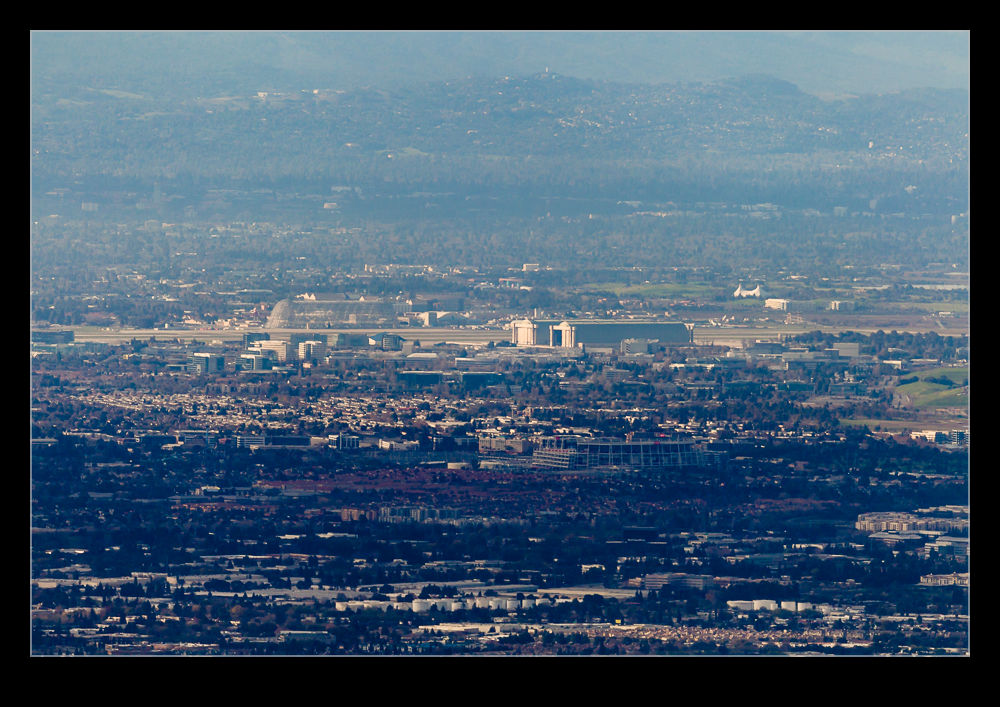 I would love to be up on the top of the mountain early in the morning on a day with really clear skies. However, it is not an insignificant drive to get up there and you want to make sure it is going to be worth it. Therefore, while I am going to try and do this at some point, it is going to be a combination of good planning, luck and readiness to head off on short notice in order to make it all work out.
I would love to be up on the top of the mountain early in the morning on a day with really clear skies. However, it is not an insignificant drive to get up there and you want to make sure it is going to be worth it. Therefore, while I am going to try and do this at some point, it is going to be a combination of good planning, luck and readiness to head off on short notice in order to make it all work out.
